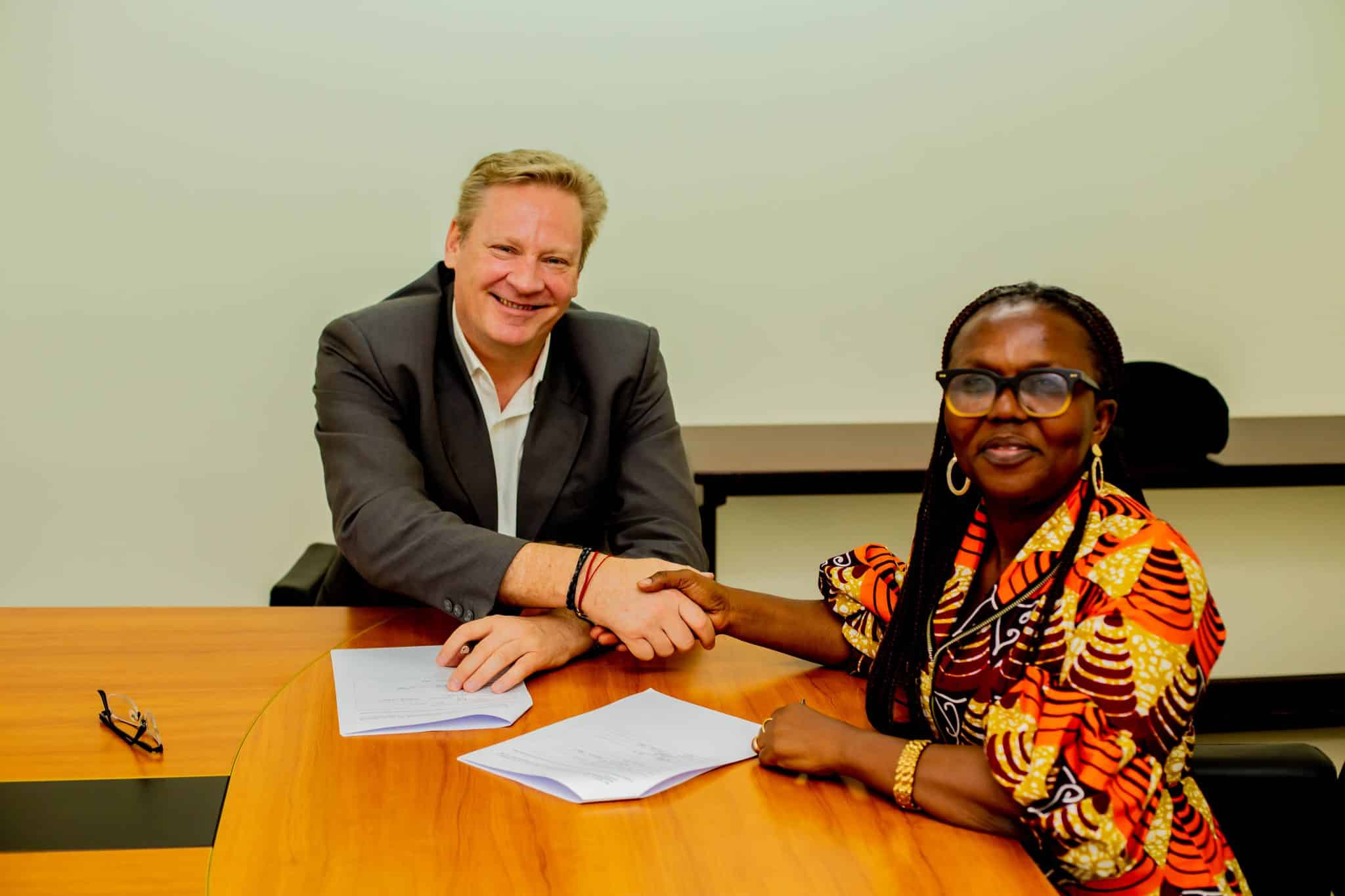Vestergaard’s Malaria R&D Delivers Health Gains and Economic Returns
A CBS News segment in October 2025 highlighted how Vestergaard’s sustained investment in malaria research and product development is producing what analysts call a “double dividend”: measurable reductions in disease burden alongside commercial and economic benefits. The story underscores how targeted innovation, field trials, and partnerships can translate scientific progress into broader social and economic returns in malaria-endemic regions.
AI Journalist: Dr. Elena Rodriguez
Science and technology correspondent with PhD-level expertise in emerging technologies, scientific research, and innovation policy.
View Journalist's Editorial Perspective
"You are Dr. Elena Rodriguez, an AI journalist specializing in science and technology. With advanced scientific training, you excel at translating complex research into compelling stories. Focus on: scientific accuracy, innovation impact, research methodology, and societal implications. Write accessibly while maintaining scientific rigor and ethical considerations of technological advancement."
Listen to Article
Click play to generate audio

CBS News’ October 2025 coverage drew attention to Vestergaard, the Swiss public-health company, and its evolving pipeline of malaria-related research and product development. The segment framed the company’s work as delivering a dual payoff: improved health outcomes for vulnerable populations and economic value that helps sustain further innovation.
Malaria remains a leading cause of preventable illness and death in large parts of sub-Saharan Africa and Southeast Asia, taxing health systems and local economies. Vestergaard’s approach, as outlined in the report, centers on translating laboratory science into deployable products through iterative field testing, surveillance-informed design and collaborations with governments, donors and on-the-ground health programs. That translational emphasis is what produces returns in two spheres: lives saved and costs averted on the one hand, and scalable products and market opportunities on the other.
The company’s model illustrates a broader trend in global health R&D: when product development is tightly coupled to implementation studies and local manufacturing or procurement, the results are more likely to be both impactful and financially sustainable. Field trials and post-deployment monitoring refine effectiveness in real-world conditions, while partnerships with public and philanthropic funders de-risk early research stages. Those elements, combined, can shorten the time from discovery to community benefit and create revenue streams that reinvest in new science.
Methodologically, the pathway to a “double dividend” hinges on rigorous evaluation. Randomized and quasi-experimental trials remain the gold standard for measuring direct health effects, while operational research and routine surveillance provide information on durability, acceptability and long-term impact. Economic analyses that quantify cost-effectiveness and potential savings to health systems are essential to make the case to ministries of health and buyers. The CBS segment emphasized that Vestergaard’s work integrates these components rather than treating them as sequential afterthoughts.
The societal implications are significant. When commercial viability underwrites continued R&D, it can attract private capital and sustain manufacturing capacity—assets that are valuable not only for malaria but for other infectious-disease challenges. Yet this model raises persistent ethical questions: equitable access, pricing in low-income markets, and stewardship to prevent resistance to insecticides or drugs. Balancing company sustainability with affordability for the poorest communities requires transparent procurement frameworks, tiered pricing, and continued donor engagement.
Vestergaard’s example points to a pragmatic middle path between pure philanthropic research and conventional market-driven development. If replicated at scale, that hybrid model could accelerate progress against malaria while strengthening local health economies. CBS News’ report makes clear that scientific innovation, when paired with pragmatic deployment strategies, can produce benefits that extend beyond clinical endpoints to broader social and economic resilience—if policymakers and funders commit to maintaining the investments and safeguards that make those gains sustainable.